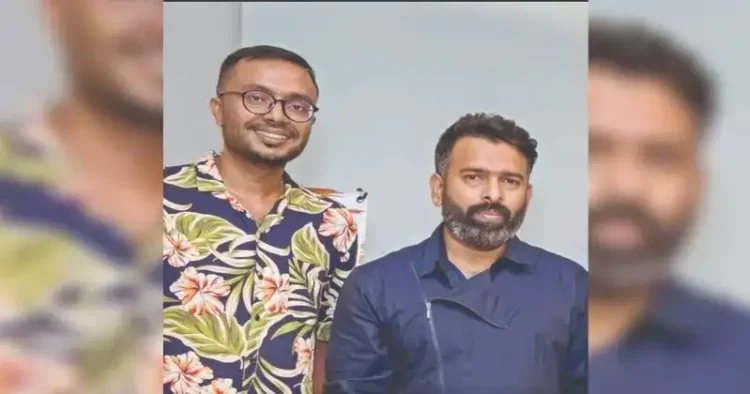In 2014, Arun Selvaraj, a Sri Lankan national, was apprehended by India’s National Investigation Agency (NIA) for espionage activities. It was revealed that he was engaged in transmitting sensitive information, including photographs and videos of strategic installations in South India, to a contact working at the Pakistan High Commission in Colombo. The case was initially registered by Tamil Nadu Police in 2012 and later taken over by NIA, which led to Arun Selvaraj’s arrest in 2014. His involvement in espionage activities was further confirmed when NIA stated that he had been preparing for a terror act.
Legal Proceedings and Conviction
A special NIA court, in March 2020, convicted Arun Selvaraj on all charges, resulting in a five-year rigorous imprisonment term and a fine of Rs 20,000. This marked a significant development in the case, shedding light on the extent of espionage activities carried out by Arun Selvaraj and his associates.
Recent reports have raised eyebrows as Arun Selvaraj was spotted socialising with popular music director Santhosh Narayanan in Jaffna during the music event. It is worth noting that this event faced objections from some Tamil groups in Sri Lanka. Santhosh Narayanan was supposed to perform at the ‘Yaazh Gaanam’ concert alongside Tamil diaspora artists from around the world. This connection has further deepened the intrigue surrounding the event.
Arun Selvaraj’s arrest in 2014 came as a result of information provided by Thamim Ansari, a native of Athirampattinam in Thanjavur district who is also suspected of spying for Pakistan. Both were allegedly reporting to Amir Zubair Siddiqui, a Pakistan diplomat posted at the Pakistani High Commission in Colombo. Arun Selvaraj used a fake passport identifying him as Sivagaminathan Saravanamuthu and operated an event management firm in Chennai while carrying out covert activities. The NIA charged them as accused 1 and 5, respectively, in the espionage ring, which included individuals identified as Boss, Haji, and Vineet, who were linked to Pakistan’s ISI agency.
Espionage Details
The NIA asserted that the group conspired to gather classified information, covertly capturing pictures and videos of naval bases in Nagapattinam and Indian Coast Guard facilities in Chennai. Their activities also extended to the Defence Services Staff College in Wellington and other strategically sensitive Indian government offices. These visuals were discreetly dispatched to their handler at the Pakistan mission. Upon Arun Selvaraj’s arrest, NIA seized a variety of incriminating evidence from his residence, including a laptop, hard discs, pen drives, micro-tape cassettes, and both Indian and Sri Lankan passports. Interrogation revealed that he had sent aerial shots of the Indira Gandhi Centre for Atomic Research (IGCAR) in Kalpakkam.
The trial against Thamim Ansari is ongoing, and the investigation continues concerning the absconding accused, Mohammed Anver Mohammed Siraj Ali, a native of Sri Lanka, along with Pakistani intelligence officer Amir Zubair Siddique and other potential collaborators. Arun Selvaraj’s deportation to Sri Lanka, following his jail term, has not diminished the vigilance of multiple intelligence agencies, as the primary figure behind the espionage ring remains at large.
The recent Tamil music event in Jaffna has brought to the forefront the ongoing investigation into Arun Selvaraj’s espionage activities and his connection to a larger network of spies operating on behalf of Pakistan. Intelligence agencies remain vigilant in their efforts to apprehend the mastermind behind this covert operation, highlighting the critical role of international cooperation in countering espionage threats.




















Comments